This article was medically reviewed by Cristian Macau, DDS. Dr. Macau is an oral surgeon, periodontist, and aesthetician at Favero Dental Clinic in London. He received his DDS from Carol Davila University of Medicine in 2015.
This article has been viewed 469,794 times.
Madonna, Elton John, Elvis Costello, and Condoleezza Rice are just a few well-known people who have gaps in between their front teeth. It has even become common to see fashion models with gap teeth.[1] In fact, having gap teeth, or as a dentist would say, diastema, is nothing to be ashamed of. Some cultures even associate people who are gap toothed with positive traits like fertility, wealth and luck. Despite the positive aspects of having gap teeth, some folks are still unhappy with the appearance of gaps in their teeth. If you want to know about some of the different dental treatments that can correct gaps in teeth, read on!
Steps
Evaluating the Gaps in Your Teeth
-
1Gather materials. You will need a mirror, a tape measure or ruler with metric markings, a pen, and some paper. This process will be easier with a fixed mirror rather than a handheld one. You can also ask a friend to help if you are comfortable doing so.
-
2Inspect your teeth. Look into the mirror and identify the teeth that have gaps in between them. Make notes about the appearance of your gaps and why you would like to fix them. Also make notes on any other imperfections that you would like to fix along with your gaps (tooth size, color, straightness, chips, etc.).Advertisement
-
3Measure your gaps. Using the tape measure or ruler, measure the space in between your teeth that have gaps. Write down the measurements in millimeters.
-
4Save your notes. These measurements and appearance notes will help you to determine what dental treatment will benefit you the most. The imperfections that you have identified will also help you dentist when deciding on your best treatment option.
Considering Your Options
-
1Learn about your options. There are a few different ways that your dentist can close a gap or gaps in between your teeth. Before you schedule an appointment with your dentist, think about which option best suits your situation.
- If you have a single small gap (less than 5 millimeters), dental bonding might be your best option. Dental bonding is not permanent and the composite material may stain over time (if you smoke or eat or drink colored foods and liquids), but it is the quickest and cheapest method of correcting gaps in between teeth.[2]
- If you have discoloration and/or chips in your teeth in addition to gaps, then veneers might be your best option. Veneers are custom-made covers for your teeth so they are similar to dental bonding, but they can provide more dramatic, attractive results. In addition, veneers can't stain as they are made of ceramic and a cosmetic dentist can give you a perfectly adapted smile according to your eyes and facial anatomy.
- If you have multiple gaps, gaps wider than 5 millimeters, crooked teeth, and you do not want to cover up your existing teeth, then braces might be your best option.[3] Braces straighten your teeth using wires that are attached to your teeth with composite material, much like the material used in dental bonding.
- If you have multiple gaps that do not exceed 5 millimeters, then Invisalign might be your best option. [4] Invisalign closes gaps and straightens teeth using a series of ultra-thin, clear aligners that you switch out every two weeks.
-
2Keep your priorities in mind as you review each option. Refer frequently to the notes that you made when you evaluated your teeth and make sure that the option you choose is compatible with your situation.
-
3Make a list of questions and concerns about your preferred treatment. This list will come in handy when you go for your consultation with your dentist. You may be able to find the answers to some of your questions by searching the internet, but your dentist will most likely have the best answers.
Visiting Your Dentist
-
1Schedule an appointment with your dentist. When you make the appointment, explain that you would like to schedule a consultation to discuss options for closing a gap or gaps between your teeth.
-
2Bring your notes with you to the appointment. These notes will help you to remember specifically what you want to change about your smile and they may help your dentist make the best recommendation for you. You may also want to write down some questions about your preferred treatment options so that you can remember to ask you dentist during your consultation.
- Try to be concise and precise about your wishes so your dentist can provide you the exact treatment plans for your needs.
-
3Be assertive. If your dentist suggests a treatment plan that does not meet your needs or expectations, speak up! Ask why your dentist has suggested this treatment option over something else. It is possible that your dentist may have a very good reason for suggesting a particular treatment, but you’ll never know unless you ask. If you don’t agree with your dentist’s reasons for recommending a specific plan of treatment, don’t feel obligated to accept this option. You can always have a consultation with a different dentist to see if the recommendations are the same.
-
4Ask about the procedure and aftercare. If you agree with your dentist’s recommendation, now is you time to find out all of the particulars of the procedure and what you will need to do in order to ensure the best outcome.
Following Your Treatment Plan
-
1Go to your first treatment appointment. Depending on the treatment option that you and your dentist have decided on, this appointment may be the first of many. Prepare for this appointment as instructed by your dentist and don't forget to ask any questions that you have about your treatment before the procedure begins.
-
2Follow your dentist's aftercare instructions to the letter. You may be instructed to avoid or abstain from eating certain foods until your treatment is complete or maybe just for a short period of time. Take this advice seriously because failure to follow these instructions may negatively affect your results and your dentist can easily tell if you didn't do as requested.
-
3Enjoy your new smile! After you have completed your treatment, you will have even more to smile about. You may even consider celebrating your new look by having some professional photographs taken.
Expert Q&A
Did you know you can get expert answers for this article?
Unlock expert answers by supporting wikiHow
-
QuestionI have a little gap in my front teeth and I don't want braces. What are my other options?
 Cristian Macau, DDSDr. Macau is an oral surgeon, periodontist, and aesthetician at Favero Dental Clinic in London. He received his DDS from Carol Davila University of Medicine in 2015.
Cristian Macau, DDSDr. Macau is an oral surgeon, periodontist, and aesthetician at Favero Dental Clinic in London. He received his DDS from Carol Davila University of Medicine in 2015.
Doctor of Dental Surgery
-
QuestionI have a gap between my upper four teeth and also gap between my lower teeth. I have had this problem for three years. This gap increasing day by day. What should I do?
 Cristian Macau, DDSDr. Macau is an oral surgeon, periodontist, and aesthetician at Favero Dental Clinic in London. He received his DDS from Carol Davila University of Medicine in 2015.
Cristian Macau, DDSDr. Macau is an oral surgeon, periodontist, and aesthetician at Favero Dental Clinic in London. He received his DDS from Carol Davila University of Medicine in 2015.
Doctor of Dental Surgery If the gap increases there is a big chance that you might have periodontitis. First you need to go to a dental office where you can find at least an oral surgeon and an orthodontist. You might need to take some x-rays and consider also a periodontist appointment if you are not happy with the diagnostic.
If the gap increases there is a big chance that you might have periodontitis. First you need to go to a dental office where you can find at least an oral surgeon and an orthodontist. You might need to take some x-rays and consider also a periodontist appointment if you are not happy with the diagnostic.
Warnings
- Gaps may not always be fixable without also tending to other orthodontic issues. Be prepared for this possibility. For example, if you have a severe overbite or an under bite, your dentist may suggest that you wear headgear in addition to braces.⧼thumbs_response⧽
References
About This Article
To get rid of a single small gap between your teeth, get dental bonding for a quick and affordable solution. However, if you have discoloration or chips in your teeth in addition to gaps, then plan to discuss veneers with your dentist since they’re custom-made to cover your teeth. For multiple gaps, wider gaps, or crooked, but otherwise nice, teeth, look into getting braces. Alternatively, for multiple small gaps, opt for Invisalign, which is the least obvious and most effective choice. Once you research your options, schedule an appointment with your dentist to discuss your thoughts. For more tips from our Dental co-author, including how to measure the gaps between your teeth, keep reading!
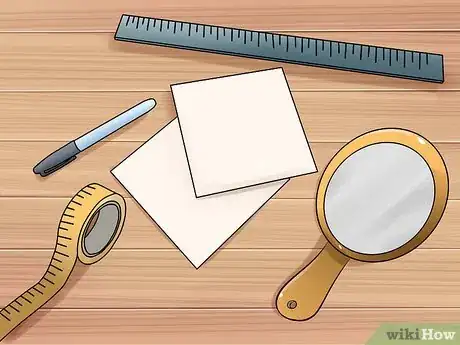
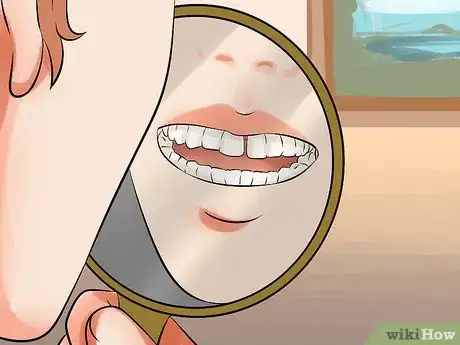
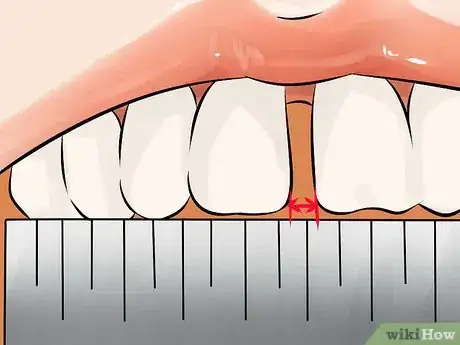

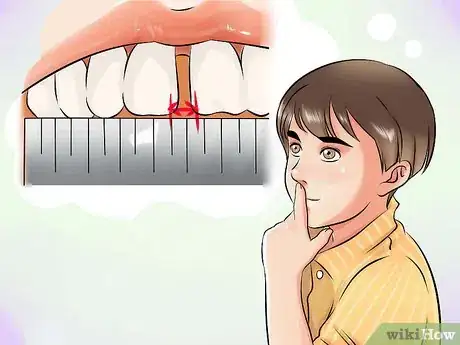

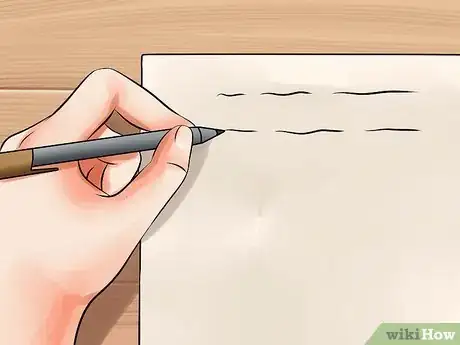
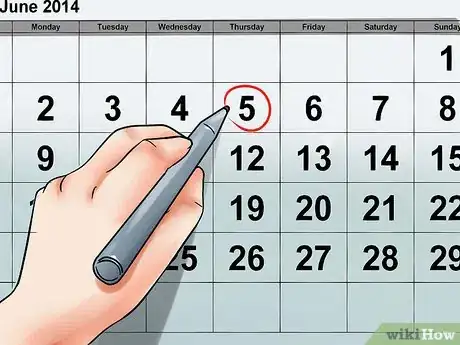








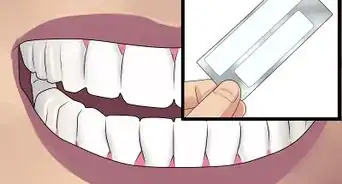
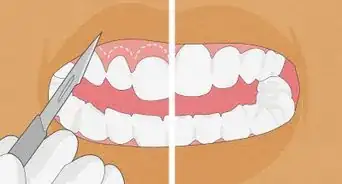

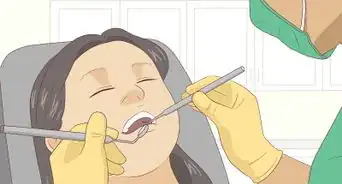
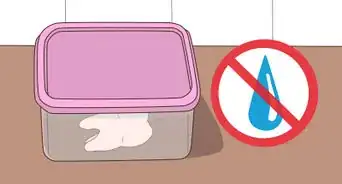
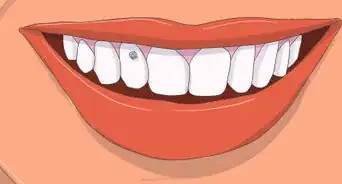
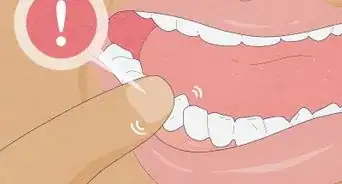















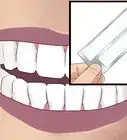
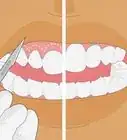




































Medical Disclaimer
The content of this article is not intended to be a substitute for professional medical advice, examination, diagnosis, or treatment. You should always contact your doctor or other qualified healthcare professional before starting, changing, or stopping any kind of health treatment.
Read More...